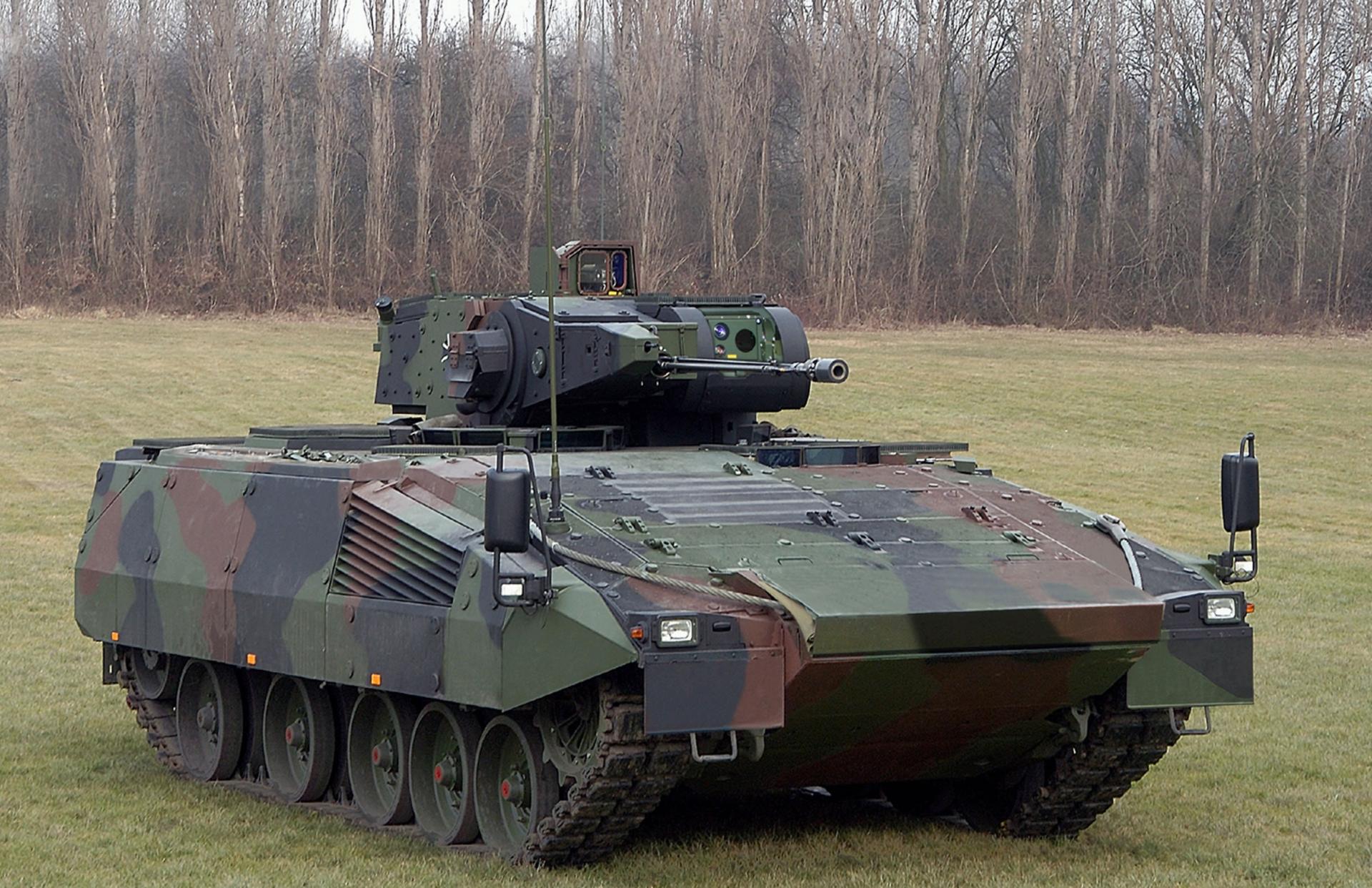The German Puma IFV: A Pinnacle in Modern Combat Vehicles
The Puma Infantry Fighting Vehicle (IFV): A Modern Marvel of Military Technology
With its strong weapon system, exceptional self-defense capabilities, and advanced electronic systems, the Puma is hailed as the most modern infantry combat vehicle in the world. Its impressive features and capabilities have made it a formidable force on the battlefield, setting new standards for armored vehicles.
One striking aspect of the Puma is its price tag. At nearly 8 million USD each, it stands as one of the most expensive armored vehicles globally, costing twice as much as originally planned and more than double the cost of a modern Russian T-90S Main Battle Tank at $3.5 million per unit. The hefty price reflects the cutting-edge technology and extensive protective measures incorporated into this remarkable IFV.
The Puma IFV was developed to meet the evolving needs of the German army, building upon the legacy of the Marder IFV. Weighing in at 31.5 tons, it is slightly heavier than its predecessor but boasts modular AMAP composite armor that offers superior protection against a wide range of threats. Mass production of the Puma began in 2009, and by August 2021, the first batch of 350 vehicles was completed, with funding secured for a second batch of 229 Pumas.
The Puma may not appear drastically different from existing IFVs externally, but it incorporates several advances and state-of-the-art technologies. One notable feature is its one-piece crew cabin, designed to enhance crew interaction while minimizing the protected volume. The cabin is equipped with air conditioning, NBC-proofing, internal nuclear and chemical sensors, and a non-toxic fire suppression system. Additionally, the engine compartment has its own fire extinguishing system.
To achieve the one-piece cabin design, the Puma employs an unmanned, double-asymmetrical turret. Unlike typical IFVs, the Puma’s turret is on the left-hand side of the vehicle, with the main cannon mounted on the right side of the turret. This arrangement ensures a balanced weight distribution when the turret is in the forward position.
The Puma’s outer hull is designed for minimal visual signature and reduced shot traps. In its base configuration, the vehicle is air-transportable in the Airbus A400M tactical airlifter. The Puma IFV accommodates a crew of three and can transport up to eight infantrymen in its rear compartment, accessible via a rear power-operated ramp.
The base model offers front and flank protection against 30 mm rounds and all-round protection against 14.5 mm machine gun fire. Additional armor modules can be added, increasing the Puma’s weight to 43 tons, surpassing even the weight of the T-72 main battle tank. The most protected variant of the Puma is designed to withstand 120- and 125 mm projectiles over the front arc and mine blasts equivalent to 10 kg of TNT.
For firepower, the Puma is equipped with a remotely operated weapon station featuring a Mauser 30 mm dual-fed cannon with an effective range of 3 km. It is also slated to be armed with an Anti-Tank Guided Missile (ATGW) launcher, although the specific type remains undisclosed. Secondary armament includes a 5.56 mm machine gun and a 76 mm grenade launcher for close-range defense.
Powering the Puma is an MTU V10 diesel engine with a remarkable 1,073 horsepower, enabling a top speed of up to 70 km/h and a range of 600 km. Notably, this engine surpasses the power of some main battle tanks. However, due to its weight, the Puma is not amphibious.
The Puma significantly enhances situational awareness with a fully stabilized 360° periscope offering six different zoom stages. This periscope provides a direct optic link to either the commander or gunner, with optronic thermal vision and a wide-angle camera to assist the driver, as well as a laser range finder. The vehicle’s array is hunter-killer capable, and the commander has access to five vision blocks. An onboard intercom ensures seamless communication among the crew.
Since April 2015, the Puma has been in service with the German army, and potential future operators include Chile and Croatia. NATO members have also expressed keen interest in this formidable German infantry fighting vehicle, solidifying its status as a cutting-edge marvel of military technology on the global stage.
Hits: 26









